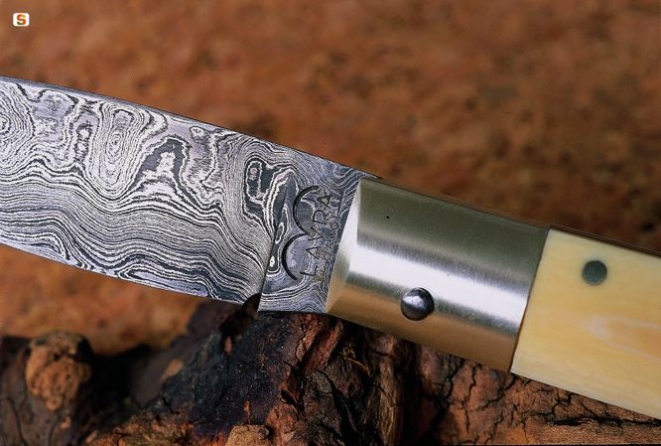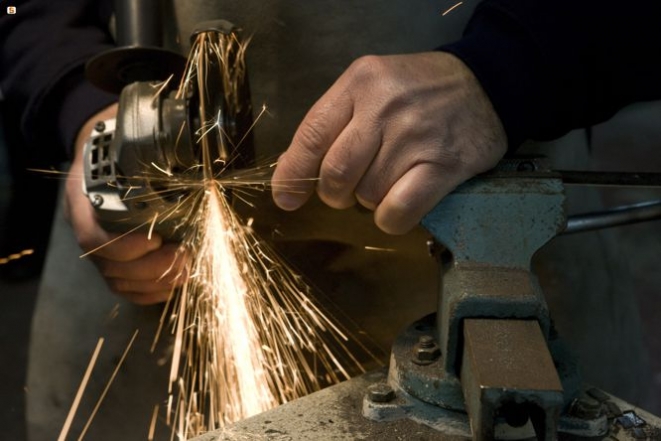Arresojas and leppas
A traditional handicraft which boasts a millenary history
The steel industry in Sardinia has prehistoric origins. The antiquity of the land of Sardinia, in fact, has assured its residents a wealth of minerals mined since ancient times.
Therefore, objects of metal and therefore the activity of blacksmiths craftsmen have always been the prerogative of each village, in addition to the symbolic meaning attributed to certain objects and in particular, to the knife.
The "balentìa" (the value, that is a mix of skill, bravery and wisdom) is immediately recognized by the knives, unlined proudly to cut bread, cheese, or the slaughter of the pig (a real ceremony, involving the family and friends), of the sheep and lambs or hunted. The most skilled craftsmen and creative are those of Pattada (NU) and Guspini (CA) who create works truly worthy of the finest collections.

In the beginning rustic, strong, with a trowel blade and the horn-handled, cherry or juniper, with carry-brass or scalloped copper, called "arresòia" or "resolza" faithful companion of the farmer, the shepherd or even the housewife, are gradually become more and more accurate for the choice of metal, for the blade and for the processing of the handle.
Saying "pattadese" (knife from Pattada) it has become synonymous with special knife, suitable for slitting anything. From the smallest to the largest (carefully, because they might be subject to challenge by the police, if the blade exceeds a certain length), they currently come from the forge craftsman as if they were coming from a laboratory expert goldsmith.
A Pattada, the blade is hot worked between the anvil and the hammer and with experts and precise shots, the blacksmith model leaf-shaped blades which is known as "flama". Finished with the file to the grindstone, then sharpened with naphtha and emery cloth.

Finally, it is temperate and it is here that is revealed the skill of the artisan. Each of them possesses the secret which then produces the particular virtues of each knife.
The handle, among which the finest is surely the black moufflon, is machined with the "voltino" saw, then passed to the flame to soften it, and finally molded between two sheets of iron. Then mounted on the blade, with a nail fixing the brass ring, that is decorated with ornaments specific to each manufacturer.
Every year thousands of visitors come to Pattada got to know this art from the producers, or admire the exposure, organized in Guspini, just to browse or to buy the missing pieces to their collections.